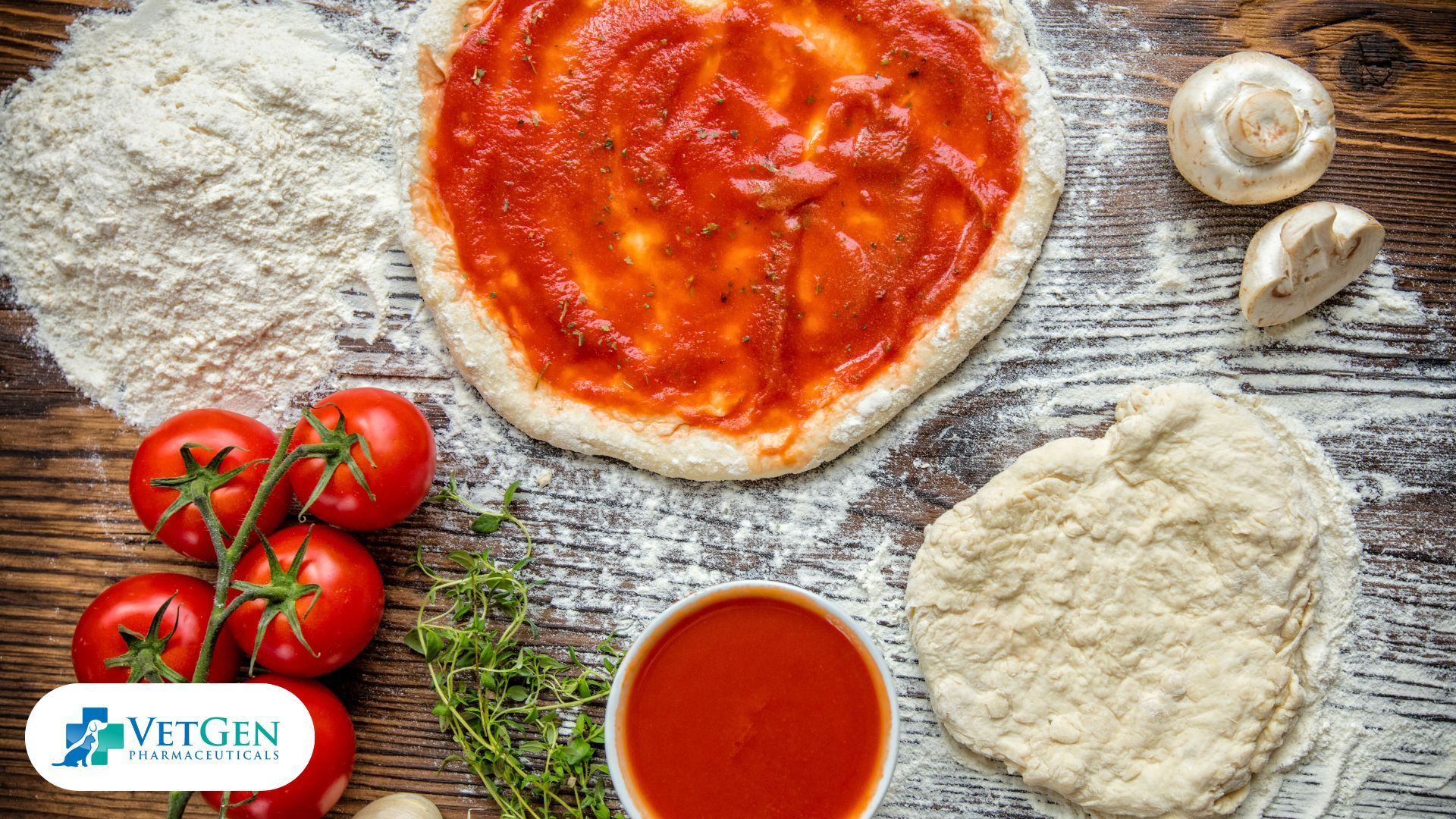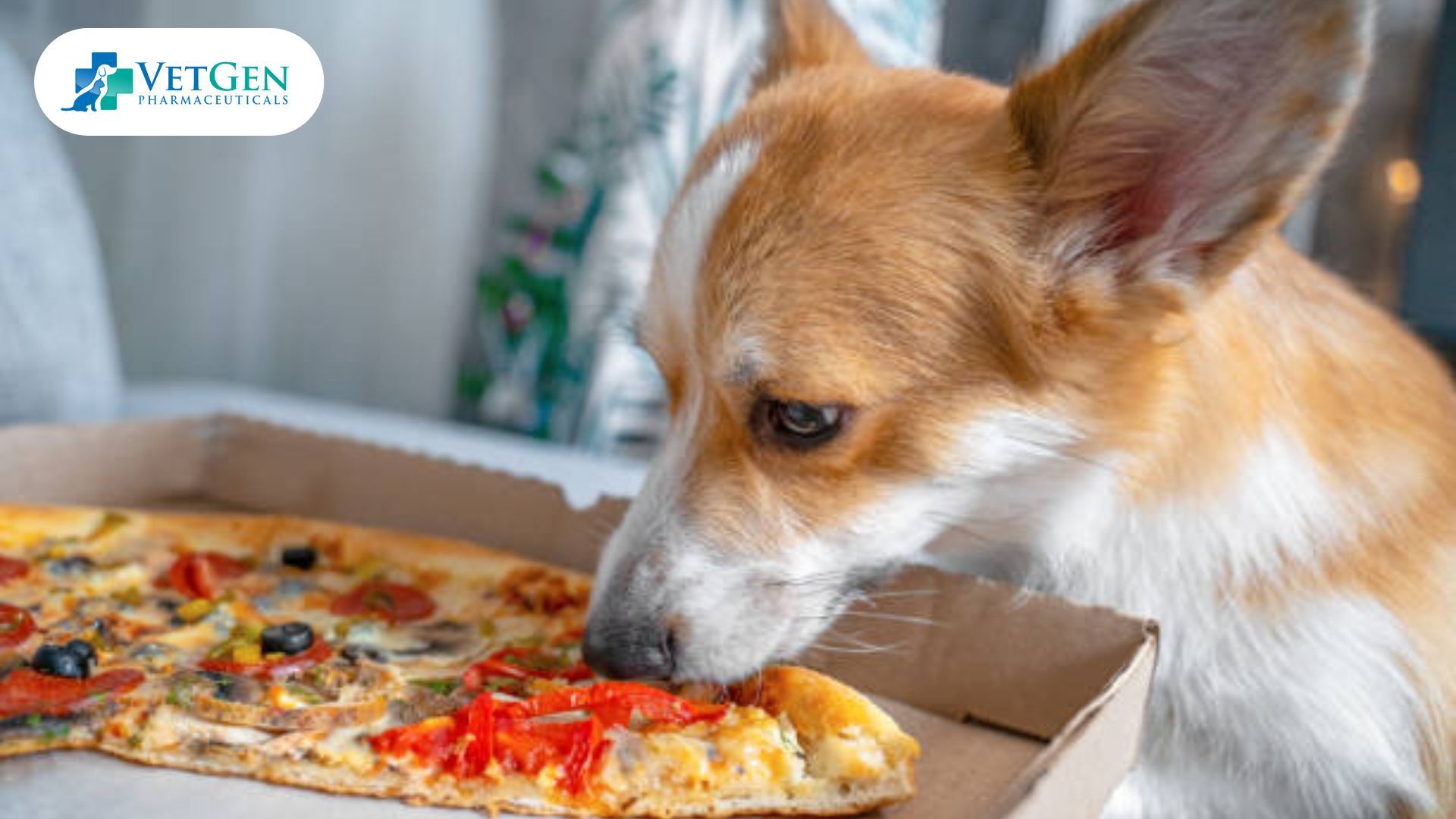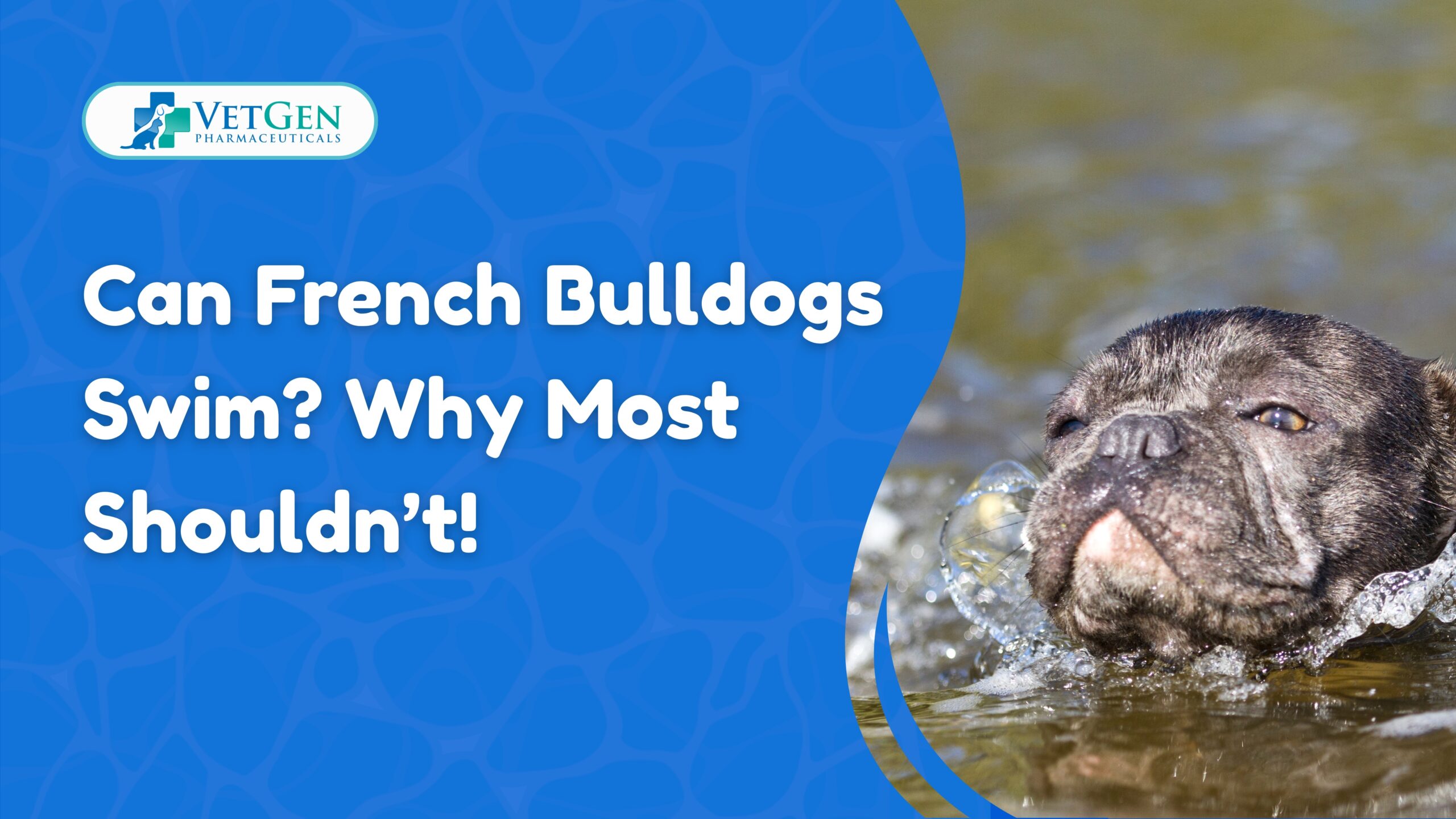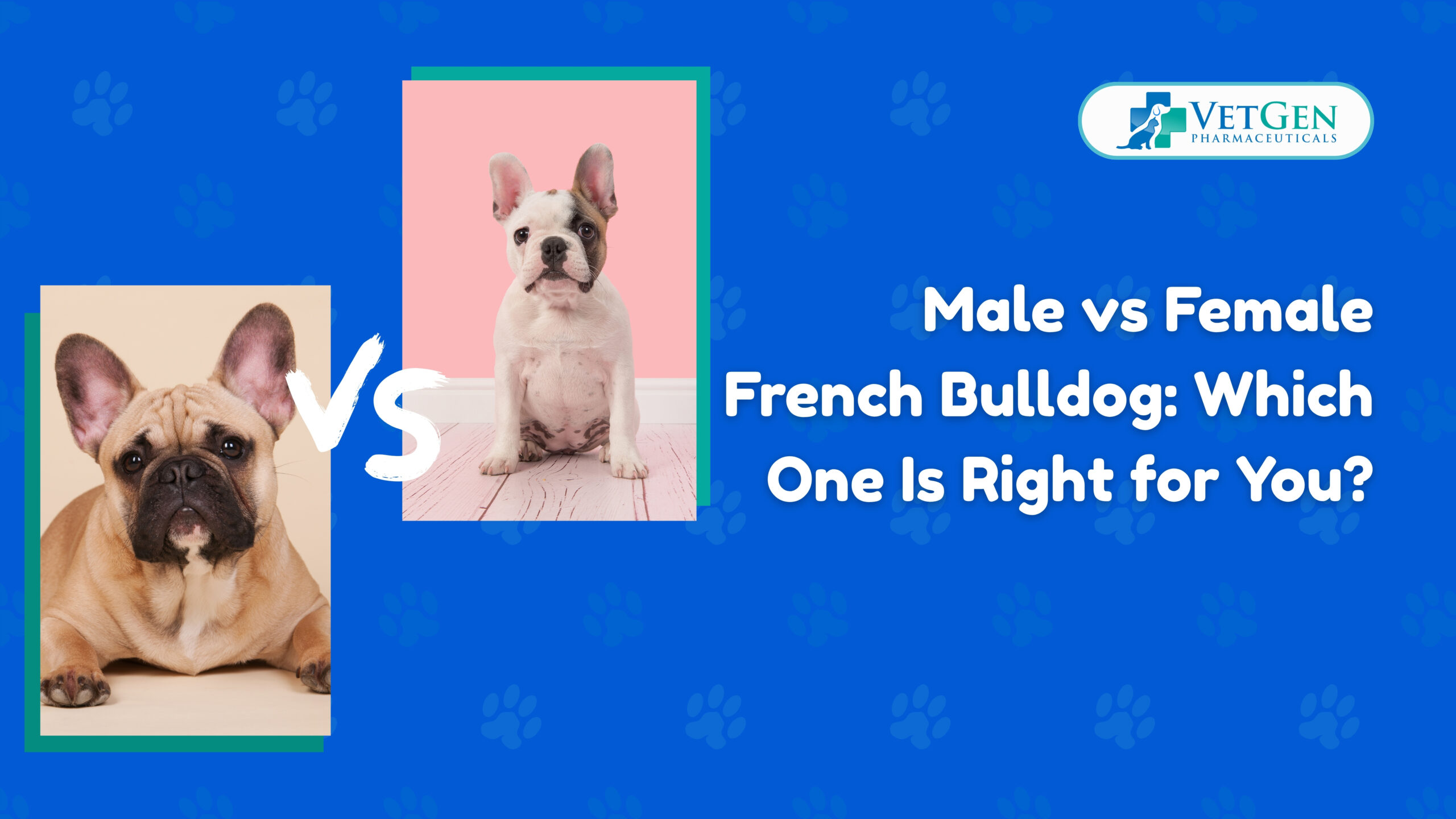If you have a dog, you must be familiar with the famous puppy-dog eyes that can easily convince pet owners to give some cheese, a piece of chicken, or a slice of pizza to their furry friend.
As tempting as these foods may sound, the big question is are they really healthy? Do they carry good nutritional value? Most importantly, are the ingredients in pizza safe for the dog?
Pizza, particularly, is loved by us humans. It’s only natural that your dog will want to taste a slice. While you may want to treat your pet with occasional snacks, pizza is unfortunately not the food they should be fed (not even on their cheat days). Let’s see what makes Pizza an unhealthy and unsafe choice for your dogs.
Pizza Ingredients and Their Impact On Your Dogs
It’s hard to say no when your little friend begs you for just a tiny slice of pizza. However, pizza contains many ingredients that can pose a threat to their health. They contain a considerable amount of salt, dairy, and spices, all of which can cause digestive issues and other illnesses in dogs, especially when consumed in large quantities. Pizza has onions and garlic, which are considered toxic for dogs.
While other ingredients like tomato sauce, pepperoni, and other items used for garnishing might not be toxic, they, too, can make your dog sick. Digestive illnesses are the most common issues that dogs consuming salt-rich and high-in-fat diets are likely to experience in the long run. Besides, they may also place your pet friend at an increased risk of developing obesity in dogs and pancreatitis in dogs over time.
Here’s a breakdown of the ingredients commonly found in Pizza.
Cheese:
Mozzarella, the people’s favorite pizza topper, has considerable fat content. Feeding your dog high-fat and high-calorie food is never a good idea. Most dogs are lactose-intolerant. So feeding them dairy products can cause a range of digestive problems, like gas, upset stomach, diarrhea, etc. Dairy products can also cause weight gain in your furry friend, so it’s best to avoid them.
Tomato Sauce:
While normal, ripe tomatoes can be fed to your dogs in moderation, tomato sauce (particularly pizza sauce) is never a healthy choice. The sauce contains onion, garlic, and several herbs, which can be toxic. Garlic can cause anemia in dogs. Other toppings, like oregano and chili flakes, can cause stomach discomfort.
Crust and Dough:
Crust might also contain onions, garlic, and herbs that can be harmful to the dog. Do not let your dog near the crust or the dough, specifically the raw dough. If you see your dog grab the raw, uncooked dough and consume it, head to the vet immediately. The raw dough contains ingredients that can expand in your dog’s stomach and cause tissue tearing or, even worse, breathing difficulties.

Can You Feed Just the Toppings?
Just like the dough and other ingredients in pizza, the toppings are considered unhealthy and potentially harmful. As mentioned earlier, they can include onion, garlic, pizza sauce, cheese, pepperoni, wild mushrooms, bacon, sausage, and spices. In addition to mild stomach discomfort, these toppings have a high salt content, which can lead to sodium poisoning or dehydration. They are especially harmful to dogs with pre-existing medical conditions or a history of digestive issues.
What To Do If Your Dog Ate Pizza?
The effect pizza has on your dog depends on the quantity they consume, the ingredients in it, and the dog’s age and health status. They might experience mild to moderate symptoms, like upset stomach, diarrhea, gas, vomiting, and lethargy. In severe cases, i.e., when a considerable amount of garlic or onions is found in the pizza, the dog might experience a range of more serious issues, like seizures and difficulty breathing. Here’s what to do if your dog eats pizza.
Do Not Panic: There’s nothing to worry about if your dog has had a very small slice of pizza. You can wait and observe them.
Check the Amount They Ate: See how much your dog has eaten. Is it just the crust or the entire pizza with toppings and dough? While you are at it, check the ingredients. Did it contain a lot of garlic, onion, and herbs that could be potentially harmful to your four-legged friend? If yes, see a vet immediately.
Watch Your Dog: Watchful waiting is your best bet if your dog has eaten a moderate amount of pizza. You must watch out for lethargy, diarrhea, vomiting, excessive thirst, bloating, and tremors.
Call Your Vet: If you are concerned about your dog’s health, you can always call a vet for your peace of mind. They will ask questions about the amount of pizza consumed, ingredients, your dog breed, its size, and age to assess the risk level.
Take your dog to a vet immediately if you notice unusual symptoms, like difficulty breathing, extreme lethargy, not eating or drinking anything, excessive bloating, and diarrhea. Note that pizza is not just unhealthy for your dog, but it doesn’t have any nutritional value either. It’s better to avoid it for your pet.

What Snacks Should You Feed Your Dog?
Sharing your favorite snacks with your furry friend might sound like a fun idea, but you must always prioritize their health. Pizza is not a healthy option for your little friend. There are many delicious and healthier alternatives to pizza that your dog will absolutely love. The goal is to stick to healthy, dog-friendly food instead of feeding the random, unhealthy stuff.
Conclusion
There’s nothing wrong with sharing your food with your pet. But it’s important that you read the ingredients carefully to ensure your dog doesn’t eat something they are allergic to or that’s unsafe for them. If your dog accidentally ate pizza, keep calm and call your vet. In the meantime, watch out for the warning signs mentioned above. Visit VetGen Pharmaceutical for more such dog info.






